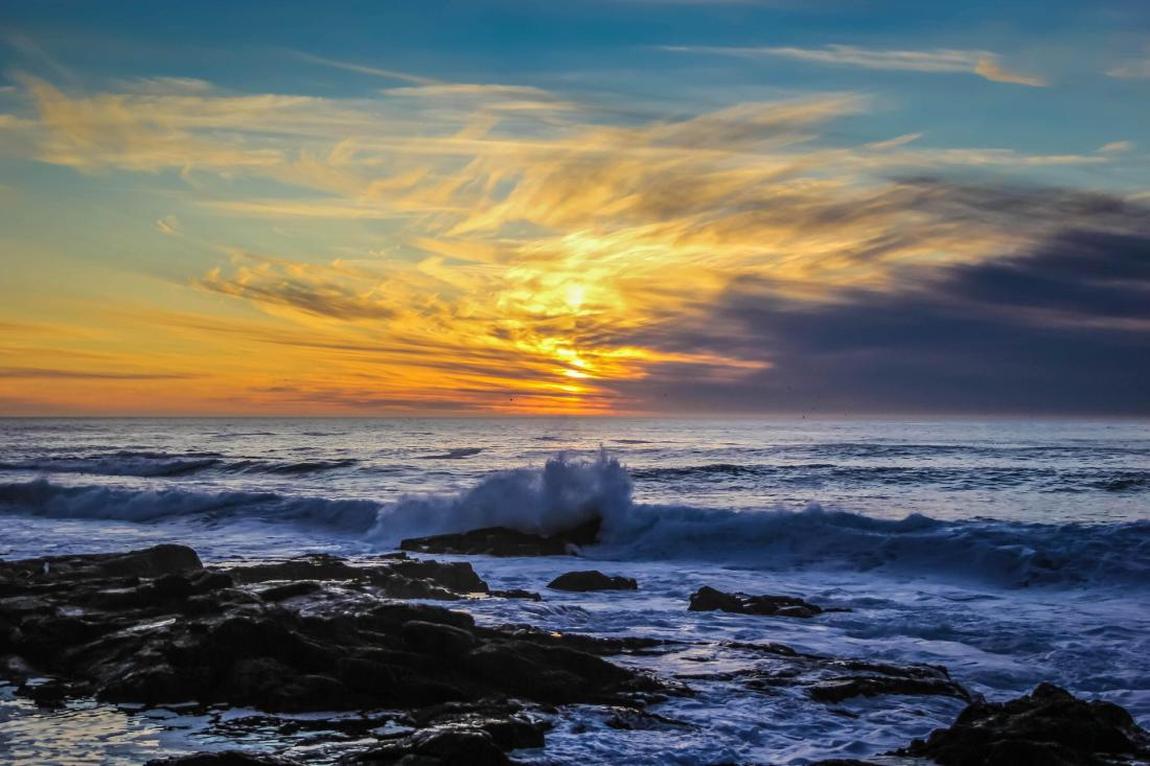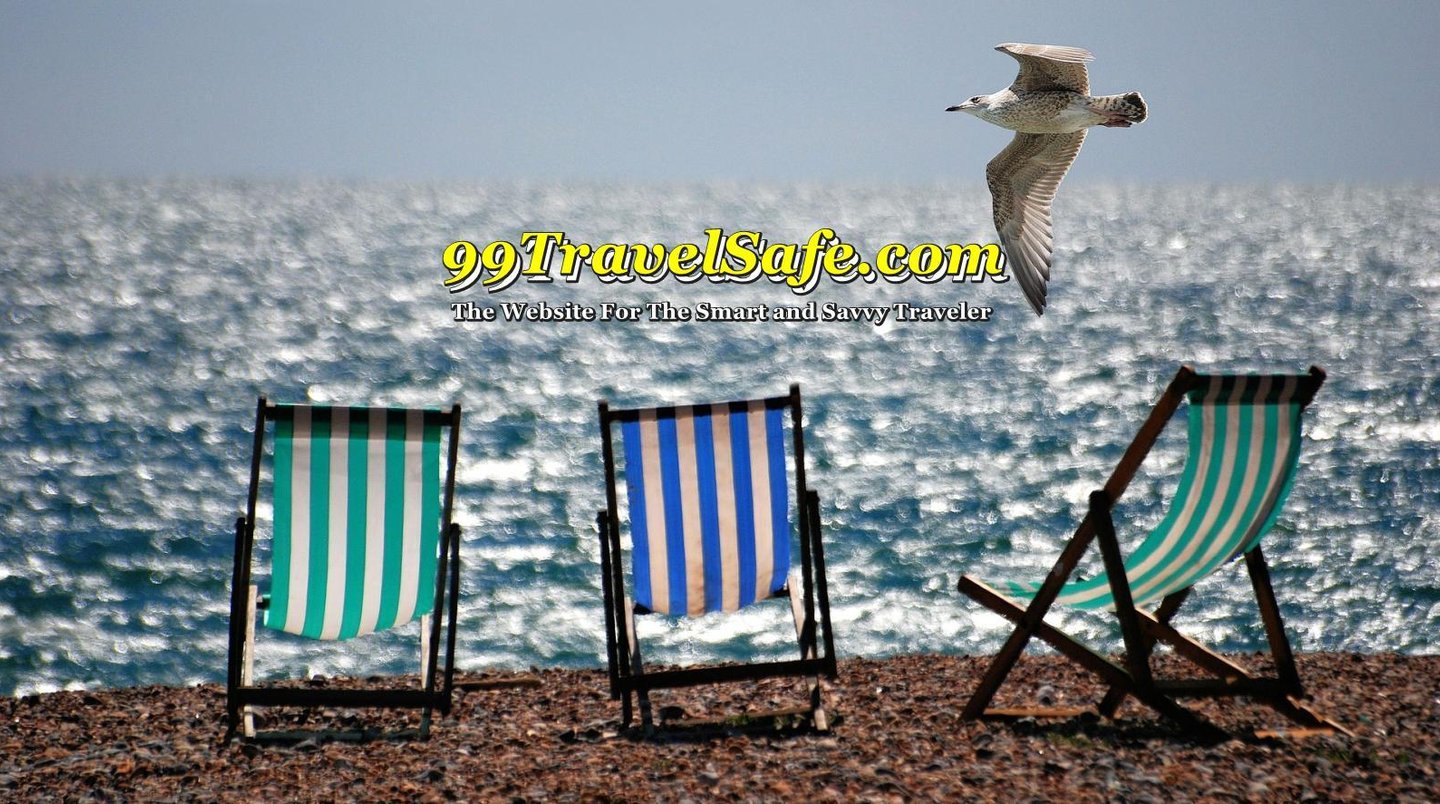

99TravelSafe.com
The Website For The Smart and Savvy Traveler
39 - Beach and Ocean Safety!


Related Pages - Please Also See;
38 - Swimming - Safety and Precautions!
40 - Safety of Children in Water
If You Are Stranded on a Deserted Island
51 – Boats and Boating Safety!
52 – Ensuring Watercraft Safety!
57 – Skin Diving and Scuba Diving Safety
58 - Snorkeling Safety and Precautions
Beach and Ocean Safety!


PROTECT your skin: Sunlight contains two kinds of UV rays –
UVA increases the risk of skin cancer, skin aging, and other skin diseases
While UVB causes sunburn and can lead to skin cancer
Limit the amount of direct sunlight you receive between 10:00 a.m. and 4:00 p.m. and wear a sunscreen with a sun protection factor containing a high rating, such as 15
Drink plenty of water regularly and often even if you do not feel thirsty. Your body needs water to keep cool
Avoid drinks with alcohol or caffeine in them. They can make you feel good briefly but make the heat's effects on your body worse. This is especially true with beer, which dehydrates the body
Watch for signs of heat stroke: Heat stroke is life-threatening. The victim's temperature control system, which produces sweating to cool the body, stops working. The body temperature can rise so high that brain damage and death may result if the body is not cooled quickly
Wear eye protection: Sunglasses are like sunscreen for your eyes and protect against damage that can occur from UV rays. Be sure to wear sunglasses with labels that indicate that they absorb at least 90 percent of UV sunlight
Wear foot protection. This prevents you from getting your feet burned from the sand or cut from glass in the sand
Respect other beach patrons and remember your beach manners
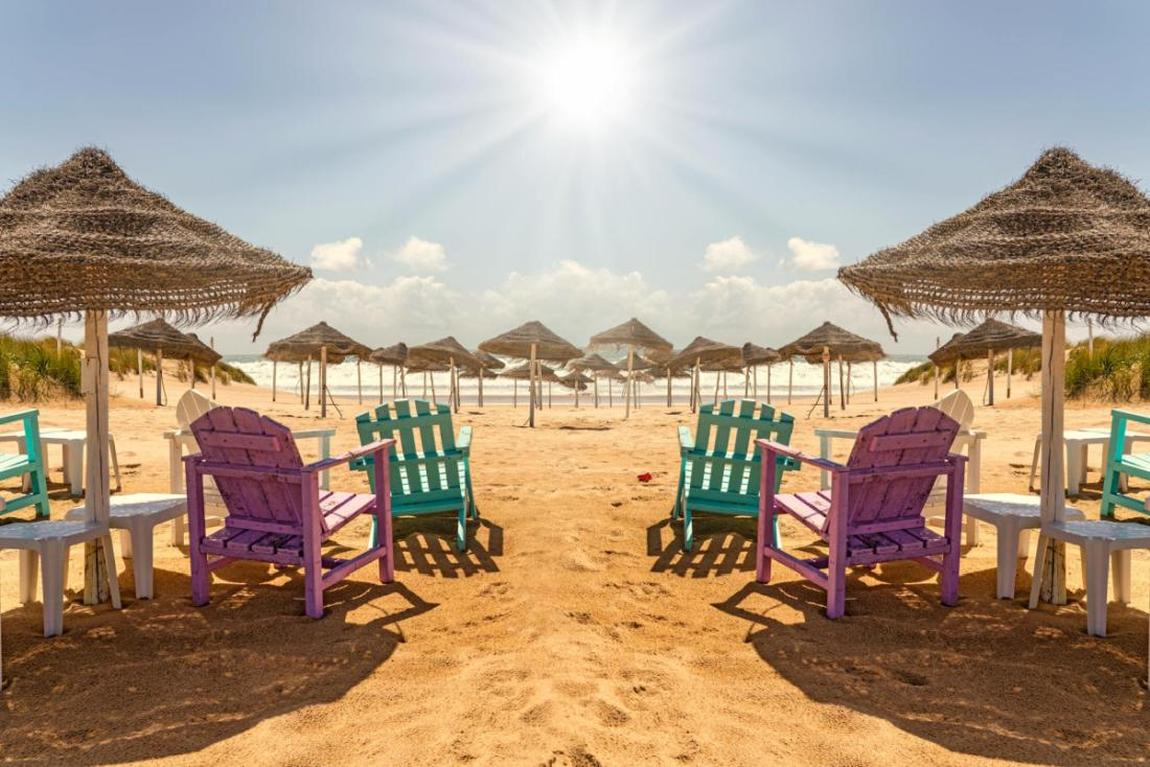

Beach and Ocean Safety!


No beach fires except in designated areas - fire residue and superheated sand can severely burn bare feet - use a barbeque that is elevated off the sand
When in water, stay within the designated swimming area, ideally within the visibility of a lifeguard.
Do NOT swim alone ever!
Check the surf conditions before you enter the water. Check to see if a warning flag is up or check with a lifeguard for water conditions, beach conditions, or any potential hazards
Stay away from piers, pilings, and diving platforms when in the water
Keep a lookout for aquatic life. Water plants and animals may be dangerous
Avoid patches of plants. Leave animals alone
Make sure you always have enough energy to swim back to shore
Do NOT try to swim AGAINST a current if caught in one. Swim gradually out of the current, by swimming ACROSS it. This might save your life one day!
Rely on your swimming ability rather than flotation devices
Do not swim during thunderstorms or strong winds
Do not dive into unknown water or into shallow breaking waves


Beach and Ocean Safety!
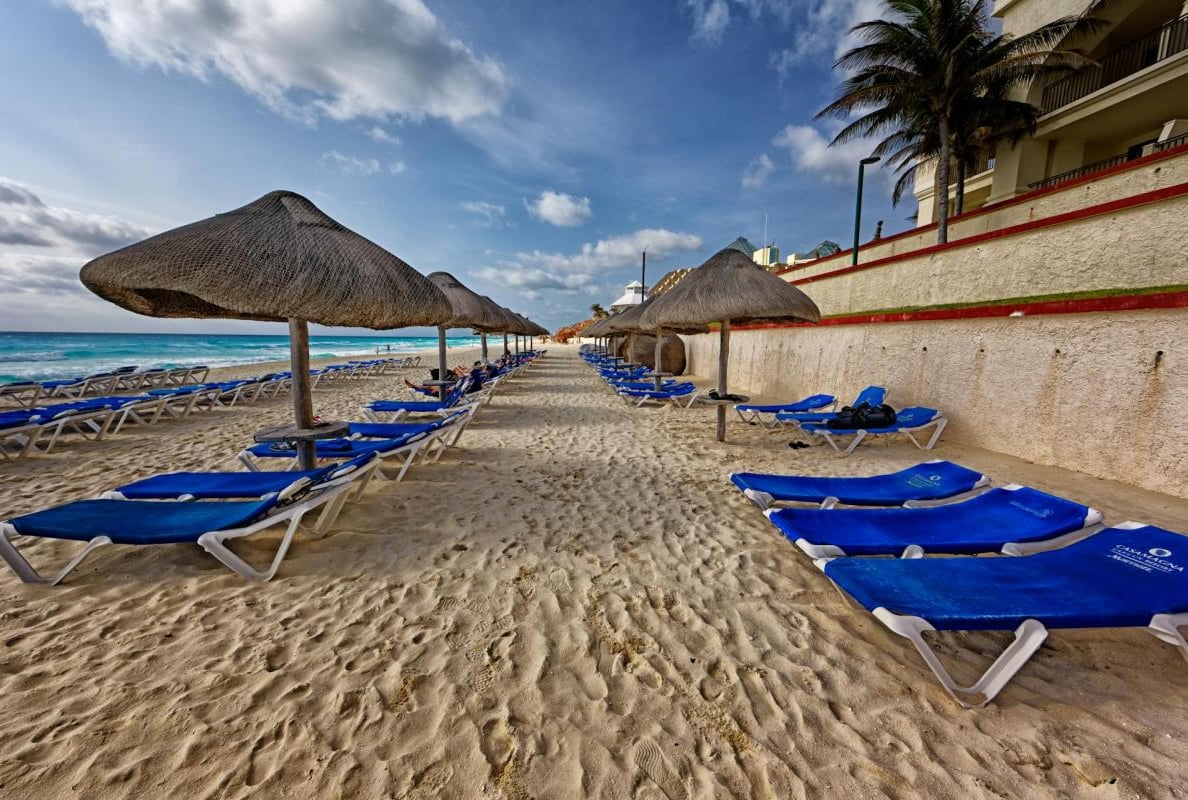

Stay out of the "surf zone" where waves break. Waves are their most forceful here, and even a small wave can lift you up and throw you into the sand
Report hazardous conditions to lifeguards or other beach management personnel
Never throw sand and always fill in holes before you leave the beach
Obey all warning signs and flags. When a RED flag is flying, swimming is prohibited. A YELLOW flag indicates dangerous conditions
Supervise children at all times
Never FAKE actions or calls for help
When in trouble, signal a lifeguard by shouting "HELP" or waving your hands
If you or someone in your group gets lost, always find the nearest lifeguard


Beach and Ocean Safety!
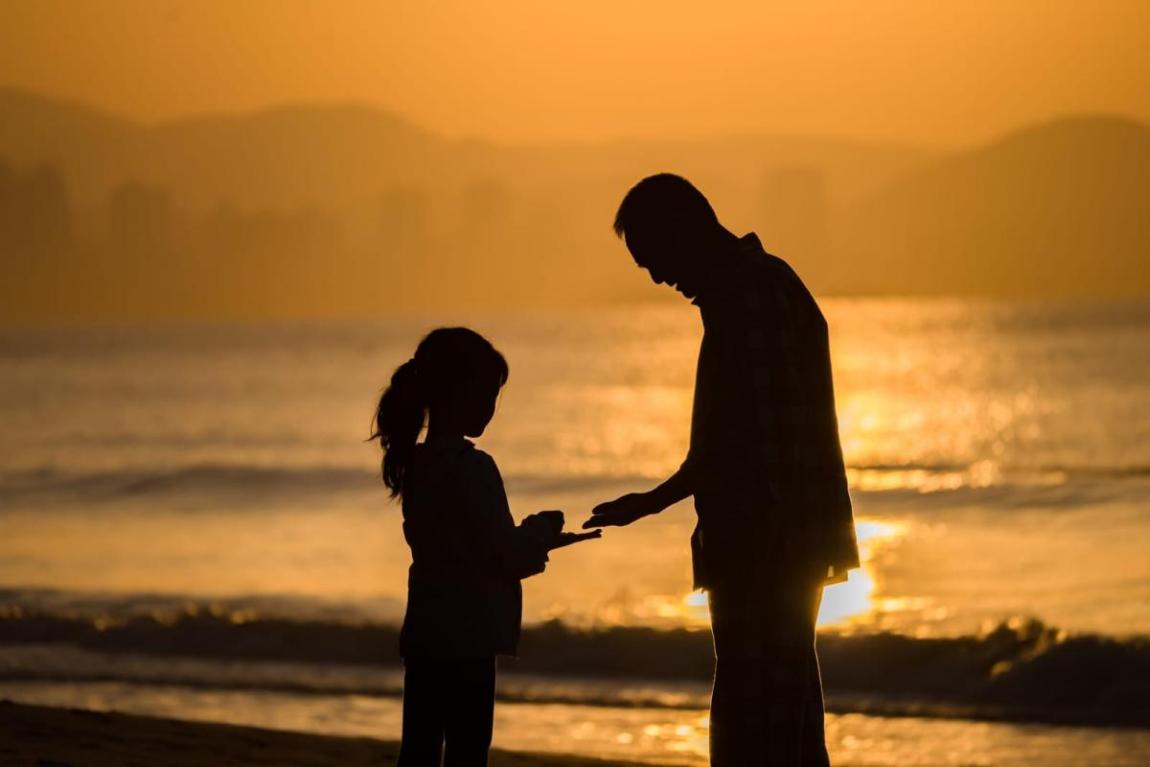

Follow the advice of the lifeguards. They are trained in beach and water safety. Respect their experience and judgment and NEVER interfere with their work
Tragic water accidents happen quickly. The most common reason for aquatic mishaps is a lack of safety knowledge
Do not absolutely rely on flotation devices, such as rafts, you may lose them in the water!
Protect your head, neck, and spine - don't dive head first into unfamiliar waters - dive feet first, first time
Swim PARALLEL to shore if you wish to swim long distances
Scuba dive only if you are trained and certified - and within the limits of your training
No glass containers at the beach - broken glass and bare feet don't mix
Stay clear of coastal bluffs, they can collapse and cause injury
Never turn your back to the ocean - you may be swept off coastal bluffs or tide pool areas and into the water by waves that can come without warning!


Beach and Ocean Safety - A Summary!
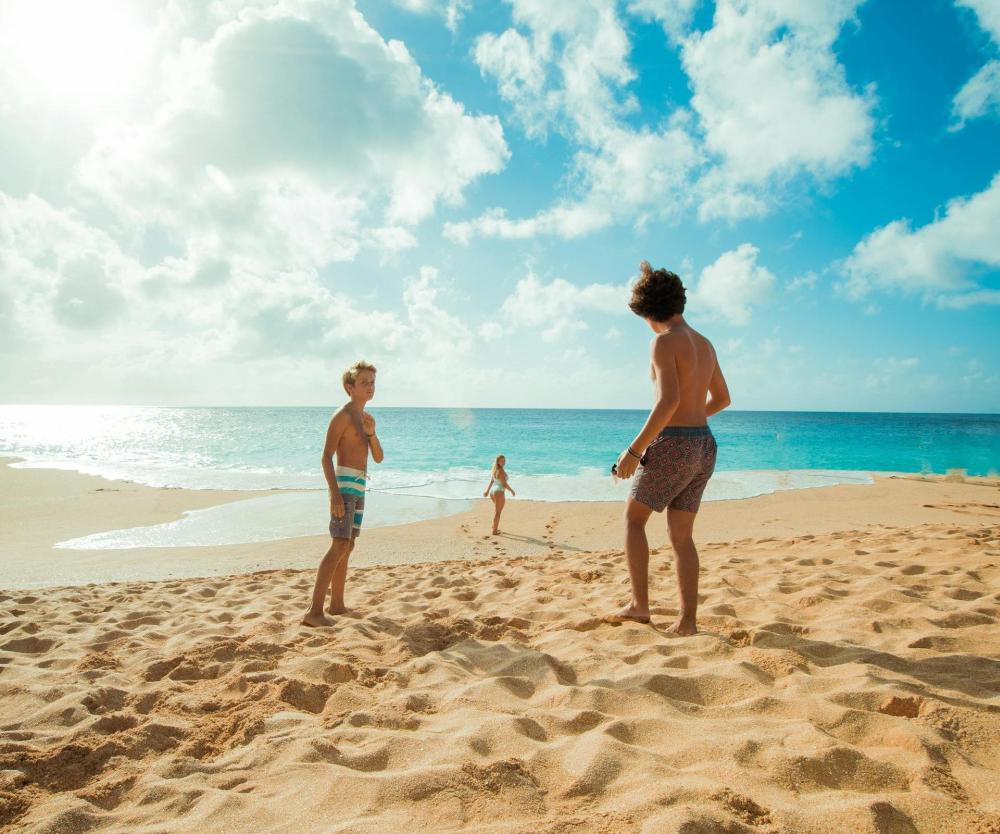

To ensure beach and ocean safety, choose a patrolled beach with lifeguards, swim between the red and yellow flags, and always swim with a buddy or responsible adult. Be aware of ocean conditions like currents and tides, read safety signs, and never swim after drinking alcohol. Protect yourself from the sun with sunscreen, hats, and shade, and stay hydrated. If caught in a rip current, stay calm, float, and wave for help
Before You Go!
Check Conditions:
Look up the beach forecast, including weather, tide, and surf conditions, as storms far out at sea can still create dangerous waves and currents
Know the Rules:
Understand local beach safety signs and flags, and learn how to signal for help if needed
Choose a Lifeguarded Beach:
Always go to a beach with lifeguards on duty, and never swim at an unpatrolled beach
Consider an App:
Use a beach safety app, like the Beachsafe app, to get detailed information on patrol status, hazards, weather, and tides
At the Beach!
Swim in Designated Areas:
Swim only between the red and yellow flags, which mark the supervised swimming area
Swim with a Buddy:
Never go into the water alone; swim with a friend or responsible adult
Respect the Water:
Be aware of sea conditions and don't overestimate your swimming abilities. Small waves can have a lot of force
Never swim after consuming alcohol or drugs, as they impair judgment
Stay on Land During Storms:
Get out of the water immediately if you hear thunder or see lightning
Use Sunscreen:
Apply broad-spectrum sunscreen with an SPF of at least 30, and reapply it every two hours or after swimming
Wear Protective Clothing:
Protect your skin with a wide-brimmed hat, sunglasses, and a rash guard or t-shirt
Seek Shade:
Take breaks in the shade, especially when UV rays are strongest
Stay Hydrated:
Drink plenty of water to prevent dehydration
In Case of a Rip Current
Stay Calm:
Panicking can make the situation worse
Float:
Float on your back to conserve energy
Signal for Help:
Wave an arm to signal lifeguards or other surfers
Swim Parallel:
If you are a strong swimmer, swim parallel to the shore to get out of the current's pull
